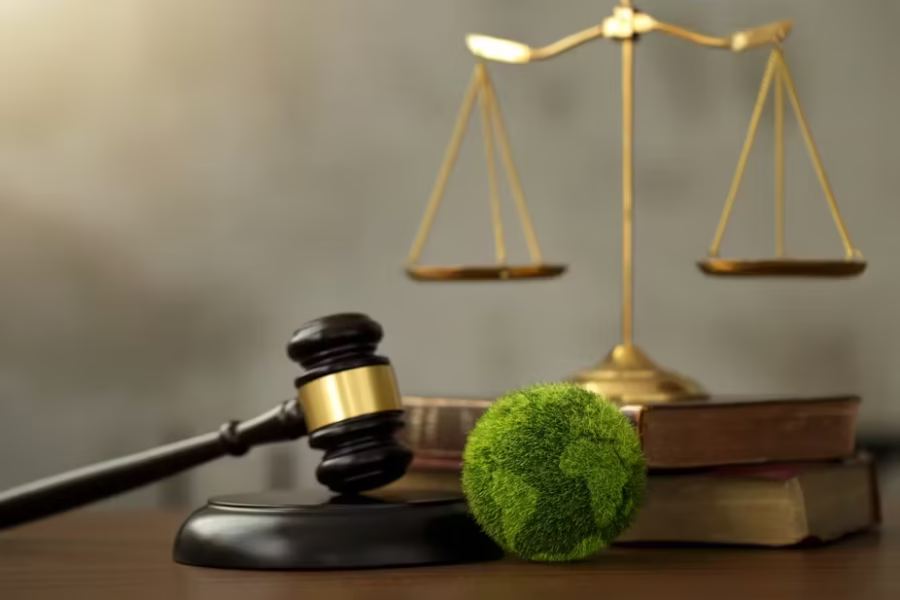What is a Review Petition?
A review petition is exactly what it sounds like: a formal request to the same court to revisit and reconsider its own judgment or order. It’s not an appeal. It’s not a fresh trial. It’s a corrective mechanism, a rare chance to fix an error that is obvious or to admit crucial evidence that genuinely could not be presented earlier despite best efforts.
The Supreme Court of India and the High Courts both have the power to entertain review petitions but only in strictly defined situations.
Where Does This Power Come From?
Constitutional Provision
Article 137 of the Constitution of India gives the Supreme Court the power to review any judgment pronounced by it. This constitutional safety valve ensures that the highest court of the land retains a way to correct its own slip-ups, if any.
Statutory Provision CPC
For civil proceedings, Section 114 of the Code of Civil Procedure, 1908 (CPC) cements this right. The practical nuts and bolts who can file, on what grounds, and how are found in Order XLVII Rule 1 of the CPC.
When Can You File a Review Petition?
You can’t knock on the court’s door asking for a review just because you’re unhappy with the verdict. The grounds are narrow and well-established.
Under Order XLVII Rule 1 CPC, a review is permissible only if:
Discovery of New Evidence: You discover new and important matter or evidence that was not within your knowledge and could not be produced at the time of the decree or order, despite due diligence.
Error Apparent on the Face of the Record: The court has made a clear error which is so obvious that it needs no elaborate argument to establish. Think of a misreading of a statute or a factual slip that changes the outcome.
Any Other Sufficient Reason: Courts interpret this strictly. It must be similar in nature to the above two grounds not a free pass for re-arguing the same points.
Mere dissatisfaction with the outcome or repetition of old arguments won’t do. Courts have repeatedly underlined this, including in landmark cases like Kamlesh Verma v. Mayawati (2013) and Lily Thomas v. Union of India (2000).
Who Can File a Review Petition?
Typically, the party aggrieved by the judgment files a review. Occasionally, a third party affected by the judgment, though not part of the original case, may also seek review but only with compelling justification and the court’s leave.
Where and how is it filed?
Same Court: A review must be filed in the same court which delivered the judgment or order not in a higher court.
Same Bench, if Possible: Ideally, it should be heard by the same judge or bench that passed the original order.
Supporting Affidavit: The petition must be accompanied by an affidavit verifying the facts and grounds.
No Automatic Stay: Filing a review petition does not automatically stop the implementation of the original judgment. If you need an interim stay, you must file a separate application.
Special Rules for the Supreme Court
In the Supreme Court, the review jurisdiction is mostly governed by Order XLVII CPC read with the Supreme Court Rules, 2013. Usually, review petitions are decided in chambers by circulation, which means the judges read and decide them without oral hearings, unless they find a hearing absolutely necessary.
Time Limit
The law expects you to act swiftly:
- Supreme Court: 30 days from the date of the judgment/order.
- High Courts / Civil Courts: 30 days under Article 124 of the Limitation Act, 1963.
If you miss this deadline, you must file an application to condone the delay under Section 5 of the Limitation Act. Courts do grant condonation but only if you show sufficient cause.
What Happens Next?
The court may:
- Dismiss the review outright if it finds no merit.
- Issue notice to the other side and hear both parties.
- Admit the petition and modify or recall its previous order.
If the review petition is dismissed and you still believe a grave miscarriage of justice remains, the Supreme Court has devised one final exceptional remedy the curative petition (Rupa Ashok Hurra v. Ashok Hurra, 2002). But this is an extraordinary relief, entertained only in the rarest of rare cases.
What a Review Petition is NOT
It’s important to remember that a review petition is not an appeal in disguise. You cannot reargue your entire case. You cannot introduce fresh arguments which could have been made before. You can’t just hope to get a second chance for the sake of it.
The bar for review is high and rightly so. Endless litigation cannot serve justice; at some point, decisions must attain finality.
Case Law
- Kamlesh Verma v. Mayawati (2013) 8 SCC 320: “An error apparent must be such as can be seen by one who runs and reads.”
- Lily Thomas v. Union of India (2000) 6 SCC 224: Clarifies that a review cannot be used to reargue the case.
- Northern India Caterers v. Lt. Governor of Delhi (1980) 2 SCC 167: Discusses the narrow scope of “sufficient reason”.
A review petition is a powerful but sparingly used legal tool. It is meant to safeguard against undeniable mistakes, not to give litigants endless bites at the same cherry. The law carefully balances finality with fairness — ensuring that while every judgment must rest sometime, it should not rest on an obvious error.
If you are considering a review petition, be meticulous. Gather fresh evidence, highlight the error clearly, stay within the limitation period, and be honest about whether you are really bringing something new to the court’s attention.
Conclusion
In the vast labyrinth of court corridors and case files, the review petition stands as a gentle reminder that even the highest court can pause, look back, and if needed correct itself. But the onus is on the litigant to show that justice truly demands that second look.
Contributed by Aditi Kaushik, intern

